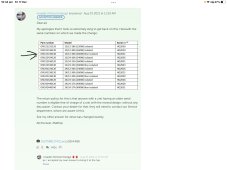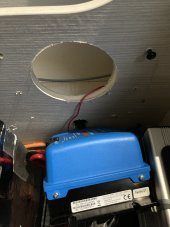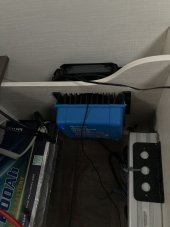mikefitz
Solar Wizard
- Joined
- May 28, 2020
- Messages
- 2,971
It's getting hot because the conversion process is not 100% efficient, this is normal. Note also that as the battery nears full, the current in can accept falls, this is normal.
When we designed electrical products get over hot they protect themselves by powering to a lower level, this is nornal.
The unit has a power limit based on the input power, see data from Victron, this may also limit power output.
Any or a combination of these factors may limit the output to less than 30A.
Mike
When we designed electrical products get over hot they protect themselves by powering to a lower level, this is nornal.
The unit has a power limit based on the input power, see data from Victron, this may also limit power output.
Any or a combination of these factors may limit the output to less than 30A.
Mike






